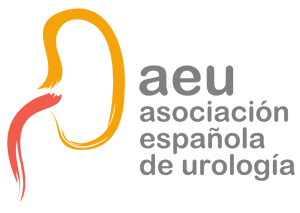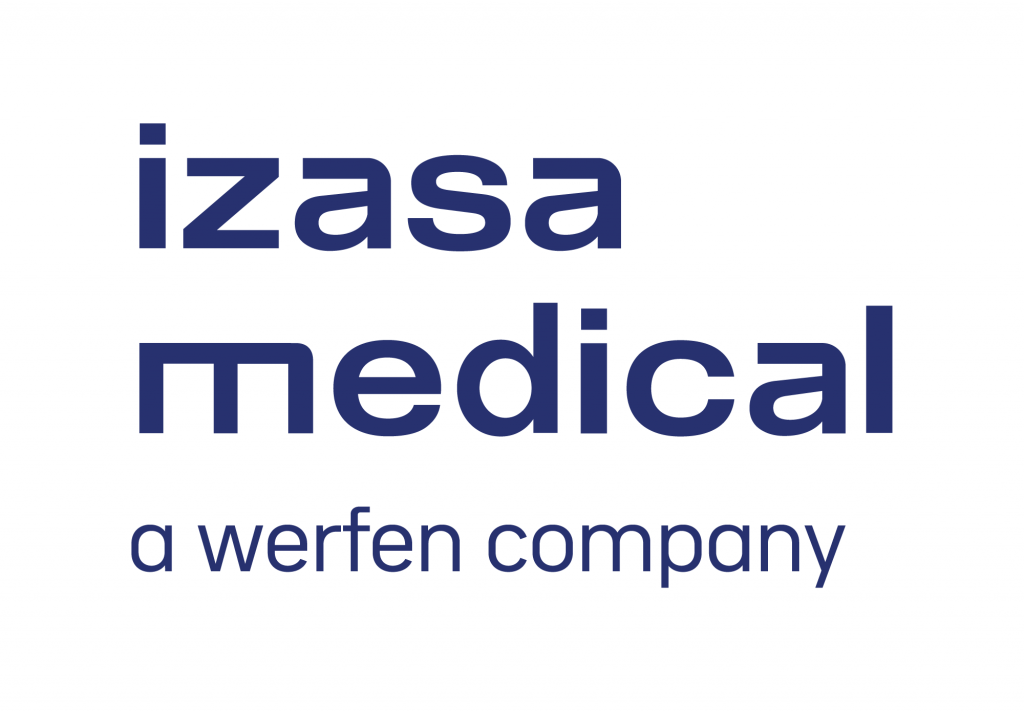Passion for urology
We are a group of residents and young urologists interested in social media, evidence-based medicine, and passionate about urology.
We have in common the desire to continue learning and updating ourselves day by day, and the passion to share with the entire scientific community everything that is useful, so that decision-making in our clinical practice is as easy and accurate as possible.


Specialized material according to your needs.
In the absence of schematic and easy-to-understand material for study and consultation, we embarked on this adventure of creating schematic and practical scientific content to learn and review both the basic and the most difficult concepts of our passion: urology.
Content created specially for you
We address all those people who are interested in learning Urology in a different, fun and simple way.
From medical or nursing students, who are looking for a practical guide to study or review the basic aspects of this specialty for their exams, to residents and urologists who seek to consolidate knowledge, have clinical practice guides or a quick reference for those concepts that are more easily forgotten.

Students
From medicine or other health sciences interested in strengthening the most important concepts of urology for the exams.

Residents
From urology and other specialties to help their decision-making in clinical practice and help with their study.

Urologists
To ensure continuous training and as a reminder of the most important and easily forgotten aspects.

Reach your goals with us
With our UrologyCheatSheets we want to provide different study tools based on the latest scientific evidence to make updating among people related to urology simpler and more practical.
We also seek to help students and residents with the preparation of specific exams, by providing an useful tool for a quick review of the basic specialty concepts.
Latest Sheets
Angiomyolipomas, a review
Angiomyolipoma (AML) is a benign mesenchymal tumor, belonging to a family of so-called PEComas. It is often found incidentally during imaging for other reasons and can be associated with conditions like tuberous sclerosis and pulmonary
EAU Guidelines on Management of Non-Neurogenic Male Lower Urinary Tract Symptoms IV
Don’t miss this EAU cheat sheet, which summarizes key guidelines for managing Male LUTS. It covers prostate vaporization, alternative ablative techniques, non-ablative techniques, and treatment algorithms.
EAU Guidelines on Management of Non-Neurogenic Male Lower Urinary Tract Symptoms III
This Cheat Sheet covers surgical treatments for BPO, including TURP, ThuVARP, OP, HoLEP, ThuLEP, and others. Each method is evaluated for efficacy, safety, and suitability based on prostate size and patient conditions. #EAUguidelines #MaleLUTS
EAU Guidelines on Non-muscle-invasive Bladder Cancer (NMBC) III
This urology cheat sheet reviews the Management of bladder cancer recurrence after intravesical therapy. Don’t miss it!. #BladderCancer#EAUguidelines
EAU Guidelines on Urological Infections III
Check out this Cheat Sheet on Complicated Urinary Tract Infections (UTIs). Factors like diabetes, immune issues, or urinary tract problems make cUTIs harder to treat than simple ones. #UroUTI #EAUguidelines
QUALITY OF GENITOURINARY
TUMOUR BOARDS (GUMTB)
Genitourinary Multidisciplinary Tumour Boards (GUMTBs) are collaborative platforms where healthcare professionals from different specialties come together to discuss and manage patient cases involving genitourinary cancers. These boards improve patient outcomes through comprehensive and coordinated care,
EAU Guidelines on Sexual and Reproductive Health III
Explore our #EAUUrologyCheatSheet on the treatment of erectile dysfunction. This management algorithm details modifiable factors and current therapies for successful treatment. An effective management is possible!
EAU Guidelines on Muscle-invasive and Metastatic Bladder Cancer III
Don’t miss this New EAU Urology Cheat Sheet on MIBC about Disease Management! It discusses various strategies for urinary diversion following radical cystectomy, management of locally-advanced disease and bladder-sparing treatments for localised disease.














